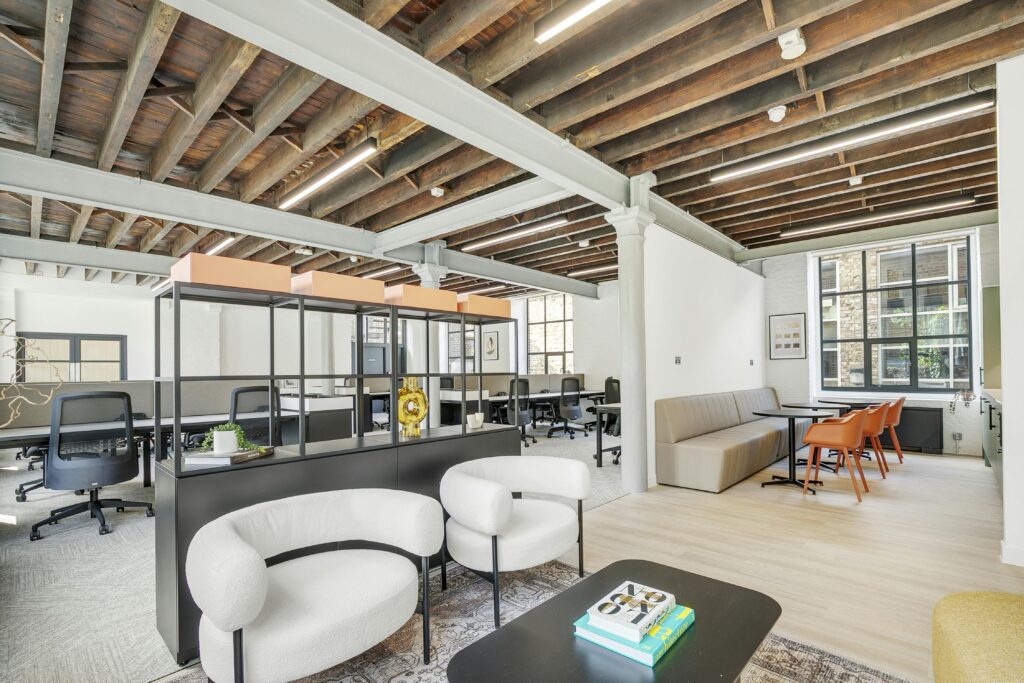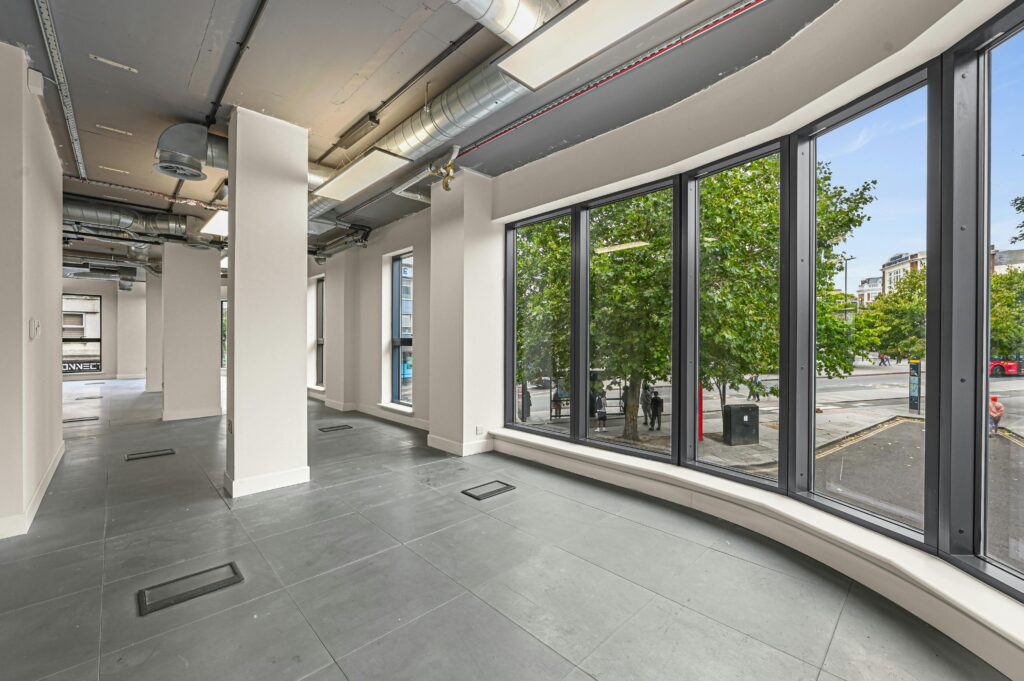You should budget £8-15 per square foot annually for utilities and service charges in London offices, though costs vary significantly by location, building specification, and included services. Central London premium buildings typically demand higher charges than outer zones, with modern buildings often providing better value through energy efficiency.
Service charges represent a substantial ongoing cost that many businesses underestimate when budgeting for London office space. Understanding what you’re paying for helps avoid nasty surprises whilst ensuring fair value from your landlord.
What’s Typically Included in London Office Service Charges?
Office service charges cover building maintenance, management, insurance, and shared facilities like lifts, reception areas, and common spaces. The scope varies significantly between buildings, making careful lease review essential before committing to premises.
| Service Category | What’s Typically Covered | Annual Cost Per Sq Ft |
|---|---|---|
| Building Maintenance | Cleaning, repairs, decorating common areas | £2-4 |
| Utilities | Common area lighting, heating, lifts | £3-6 |
| Management & Reception | Property management, porter services | £1-3 |
| Insurance | Building insurance, public liability | £0.50-1 |
| Security | Access systems, CCTV, security patrols | £0.50-2 |
Building maintenance forms the largest component, encompassing daily cleaning, external building upkeep, lift servicing, heating system maintenance, and decorating common areas. Well-maintained buildings command higher service charges but provide better working environments and stronger rental values.
Management fees cover professional property management, reception services, and administrative costs. Premium buildings often include concierge services, 24-hour security, and sophisticated access controls that justify higher charges through enhanced tenant services.
How Do Service Charges Vary Across London Zones?
Location dramatically affects service charge levels, with Zone 1 properties commanding premium rates due to higher operational costs and superior specifications. Central London buildings often include high-end services that justify higher charges.
Service charges by location typically break down as follows. Zone 1 Central London averages £12-18 per square foot annually, including premium services like marble reception areas, uniformed porters, and comprehensive security systems.
Zones 2-3 Inner London range from £8-12 per square foot, offering better value whilst maintaining professional standards. These properties provide modern facilities without premium central London costs.
Zones 4-6 Outer London typically cost £5-9 per square foot annually, providing competitive charges but potentially fewer included services and lower building specifications.
Building age significantly impacts charges regardless of location. Older properties often require higher maintenance spending but may lack energy-efficient systems that reduce utility costs. New developments typically include comprehensive service packages with predictable annual costs.
Modern buildings with efficient LED lighting and smart building controls typically charge less for utilities whilst providing superior environmental quality and comfort.
Which Service Charges Are Recoverable vs Non-Recoverable?
Your lease determines which building costs you’re responsible for through service charges, with most commercial leases distinguishing between recoverable tenant costs and non-recoverable landlord expenses. Understanding this distinction prevents disputes and inappropriate charges.
Typically recoverable charges include:
Day-to-Day Operations:
- Routine maintenance and cleaning services
- Utilities for common areas and building systems
- Security services and building management
- Insurance premiums for structural and public liability cover
Shared Building Services:
- Lift maintenance and emergency repairs
- Reception and porter services
- Waste collection and pest control
Non-recoverable costs usually include capital improvements that enhance the landlord’s investment, void space costs when parts of the building are empty, and major structural repairs. Marketing costs for letting empty space and landlord financing typically remain the owner’s responsibility.
RICS research indicates that the average London office tenant challenges approximately 15% of service charge items annually, with 60% of reasonable challenges resulting in reduced charges. This highlights the importance of reviewing annual statements carefully.

How Can You Control Office Utility Costs?
Energy costs represent an increasingly significant portion of office overheads, particularly with volatile energy markets driving up utility prices. Smart energy management can reduce costs by 15-25% whilst supporting corporate sustainability objectives.
Key cost reduction strategies include implementing LED lighting systems that reduce electricity consumption by 60-80% compared to traditional fluorescent lighting, with payback periods typically under three years. Smart heating controls and programmable thermostats can cut heating costs by 15-20% through better zone management and occupancy sensing.
Individual utility metering provides greatest control but requires higher upfront investment and ongoing management. Shared arrangements often prove more cost-effective for smaller tenants whilst reducing administrative burden.
Green lease clauses increasingly appear in modern commercial leases, encouraging collaboration on energy efficiency improvements. These arrangements often include cost-sharing for upgrades that benefit both parties through reduced operating costs.
Modern building management systems can identify energy waste and optimise consumption patterns, providing detailed reporting that helps control costs whilst improving environmental performance.
What Should You Budget for Variable and Unexpected Service Charge Costs?
Service charges are estimates based on previous costs and anticipated expenditure, meaning actual charges often vary from initial budgets. Energy price volatility, unexpected repairs, and regulatory changes can significantly impact annual costs.
Building a 10-20% contingency into your service charge budget helps manage variations without affecting cash flow. This proves particularly important for older buildings where emergency repairs occur more frequently.
Common unexpected charges include:
Seasonal Variations:
- Winter heating costs potentially doubling energy bills
- Summer cooling expenses in air-conditioned buildings
- Weather damage repairs following storms
Regulatory Compliance:
- Fire safety upgrades following regulation changes
- Health and safety improvements
- Environmental compliance costs
Reserve funds increasingly appear in modern leases, allowing landlords to spread major expenditure over multiple years whilst providing tenants with predictable annual costs. These arrangements benefit both parties through improved cash flow management.
Professional service charge management involves ongoing review of expenditure versus budgets, challenging inappropriate costs, and planning for inevitable variations. Understanding your lease terms ensures fair treatment under service charge provisions.
Contact us for detailed service charge analysis and expert lease negotiation!
